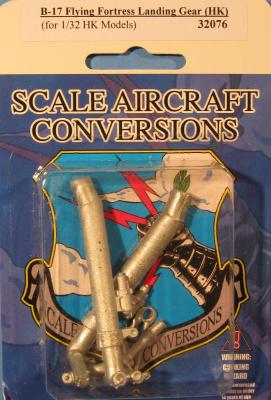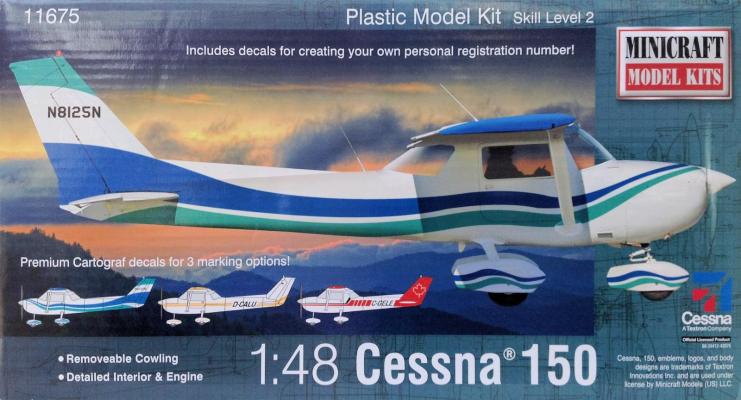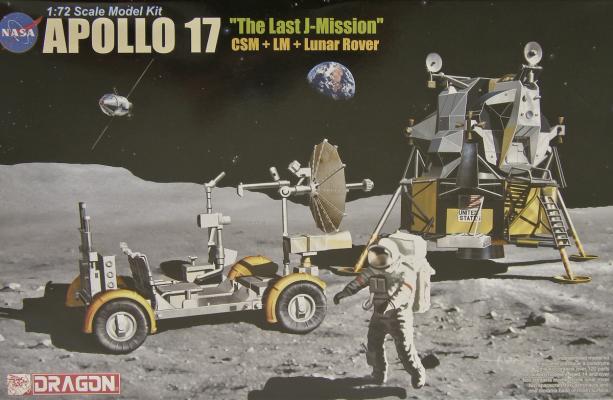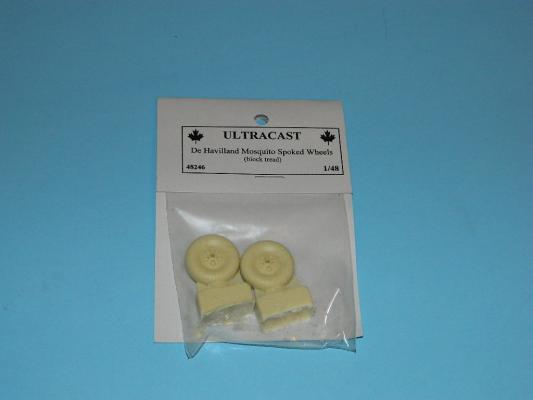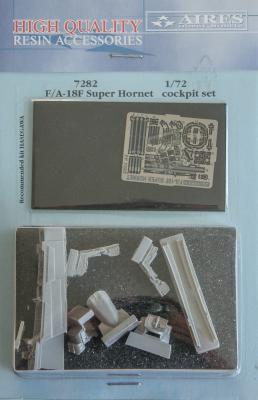Many thanks to Mr. Ross McMillan of Scale Aircraft Conversions and the IPMS Reviewer Corps for allowing me to try this neat conversion and replacement set for a recently released kit. I am delighted to report on one of the many aftermarket sets that are becoming available for a groundbreaking release, the Hong Kong Models B-17G in 1/32.
Welcome to the IPMS/USA Reviews site!
Introduction: The primary organization of the IPMS/USA Review website is by IPMS/USA National Contest Class. Within each Class there are sub-menus by kits, decals, books, etc. The Miscellaneous Class is for items that are not class specific or that cross two or more classes.
IPMS/USA Members: We encourage you to submit reviews, both here and to the Journal. To volunteer for membership in the IPMS/USA "Reviewers Corps" and submit your own reviews, please read the Guidelines For Submitting Product Reviews.
Manufacturers, publishers, and other industry members: IPMS/USA is pleased to offer your company the opportunity for product reviews. All product reviews are performed by IPMS/USA members, and are posted in the publicly-accessible section of our website. With very few exceptions, we perform full build reviews of new kit releases, aftermarket products, and supplies. If you would care to provide product samples for review, please contact John Noack, IPMS/USA 1st VP.
To learn more about IPMS/USA, please see our About Us page.
History
For those of us who've learned to fly, there's nothing like the first time you line up with the runway and apply full take off power. You race down the runway till you feel the wing start to do its magic. With a slight backward pull of the wheel, your flying! Likewise, the aircraft you learn to fly in stays with you the rest of your life. The Cessna 150 has filled that place for thousands of fledgling pilots since its introduction in 1959. When production ended in 1985, 23,948 Cessna 150s had been built. A simple two place design that includes a small back seat (for very small children) the 150 can haul a useful load of 500 pounds at 108 Kts with the Continental O-200s, 100 HP pulling it along. Design changes over the years included a redesigned rear fuselage incorporating a rear window and modifying the vertical tail from straight to raked back. This kit represents a later model 150. Remarkably, over 2/3 of all Cessna 150s built are still flying.
Spacecraft History
Perhaps unknown to many, the Apollo program was planned as a series of methodical steps, leading up to the first landing on the Moon. Each mission type, labeled A-J, built on the success of the previous steps towards the initial goal of a G-Mission, landing a man on the Moon, achieved by Apollo 11, and then moving on to further goals, culminating in the J-Missions, which saw a 3 day stay on the Moon and the use of the Lunar Rover. Apollo 17, crewed by Eugene Cernan, Ronald Evans, and Harrison Schmitt (a Geologist), was the third and final J-Mission, after Apollo 15 and 16, and was the last manned mission to the Moon.
Ultracast is based in Canada, and have been around quite a while, providing excellent resin cast items for the AMS modelers among us… With that, extreme thanks to our friends at Ultracast for providing these excellent castings to us, and thanks to the IPMS leadership for sending them to me for review!
These are simple replacement items for the Tamiya wheel and tire sets in their Mosquito kits. I have assembled one of each, one from the Ultracast range, and the Tamiya kit items side by side.
What first strikes me are the small details; the air inflation stem on the outer portion of the wheel, the increased depth of the Spoke area, and the excellent tread pattern that makes up the tire. And no seam filling! The tire tread in particular is better defined than the kit items.
Kit Contents
Those modelers who have previously built Hasegawa’s F/A-18F Super Hornet will be very familiar with one of it’s weakest areas - the cockpit. Hasegawa’s cockpit is very simplified with basic ejection seats and decals for the blank instrument panels and side panels. The busy “turtledeck” behind the rear ejection seat is represented by only a flat plane, and the canopy’s internal structure is limited to the rear portion of the frame, omitting the center brace.











